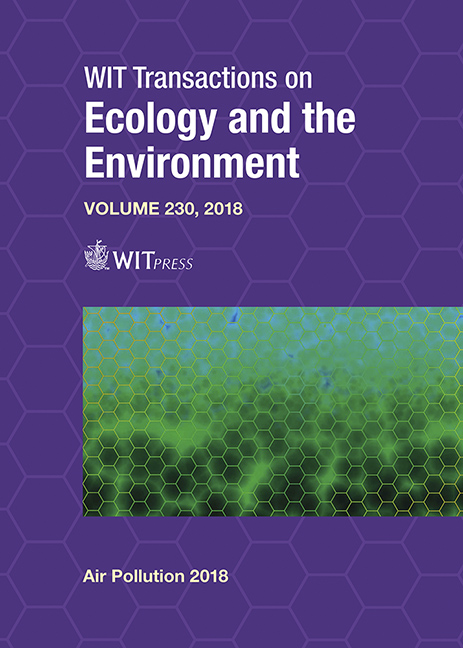TOWARDS THE SUSTAINABLE MANAGEMENT OF AIR QUALITY AND HUMAN EXPOSURE: EXEMPLARY CASE STUDIES
Price
Free (open access)
Transaction
Volume
230
Pages
12
Page Range
489 - 500
Published
2018
Paper DOI
10.2495/AIR180451
Copyright
WIT Press
Author(s)
MARCO SCHIAVON, MARCO RAGAZZI, ELENA CRISTINA RADA, ELENA MAGARIL, VINCENZO TORRETTA
Abstract
This paper presents an overview of various situations that may lead to critical levels of human exposure to different air pollutants and that are often underestimated by the people and the environmental legislation. After an overview on indoor activities that contribute to generate high levels of exposure to particulate matter, inorganic and organic pollutants (including carcinogenic compounds), the paper focuses on outdoor critical contexts that are not adequately considered by the legislation and by the environmental agencies, such as petrol filling stations, urban street canyons, arterial roads, road tunnel portals and remote areas characterised by high ozone concentrations. The paper presents specific activities that require additional control by the legislation, due to the associated high potential impacts on the resident population. Such activities are steel production, mechanical-biological treatments of waste, wood burning, poultry breeding, cement production and waste incineration. Finally, the paper presents proposals for a more sustainable management of air quality and human exposure, e.g. improvements in the conventional monitoring approach, stricter or new emission limit values for some activities and precise information to the people on the risks for health and on good practices in indoor environments.
Keywords
emissions, legislation, air quality monitoring, dispersion modelling, air pollutants, sustainability





